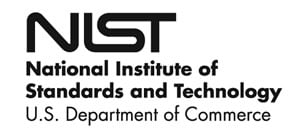RSS feed source: US Energy Information Administration
In-brief analysis
April 29, 2025
U.S. imports of petroleum products decreased by 210,000 barrels per day (b/d) in 2024 to average 1.8 million b/d. Imports of all major transportation fuels, such as motor gasoline, diesel, and jet fuel, as well as other products, such as unfinished oils, decreased.
Motor gasoline makes up the largest share of U.S. petroleum product imports because it is the most widely consumed petroleum fuel in the United States. In 2024, the United States imported 651,000 b/d of motor gasoline, about 36% of all petroleum product imports and 75,000 b/d less than in 2023. U.S. gasoline consumption in 2024 was largely unchanged from 2023; inventories fell in 2024 after they had increased in 2023, reflecting the decrease in imports.
Although the United States imports more gasoline than any other petroleum product, the
Click this link to continue reading the article on the source website.


